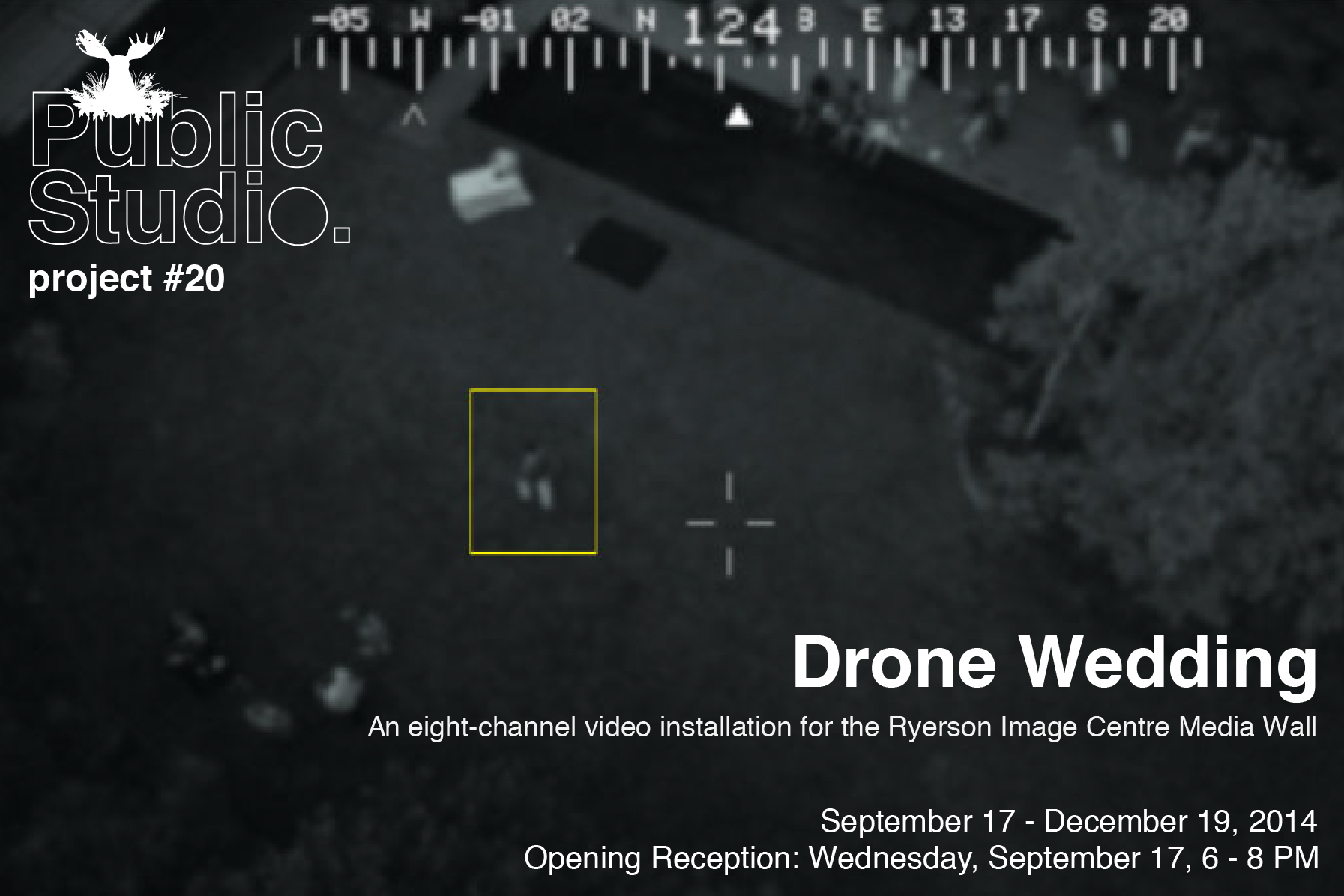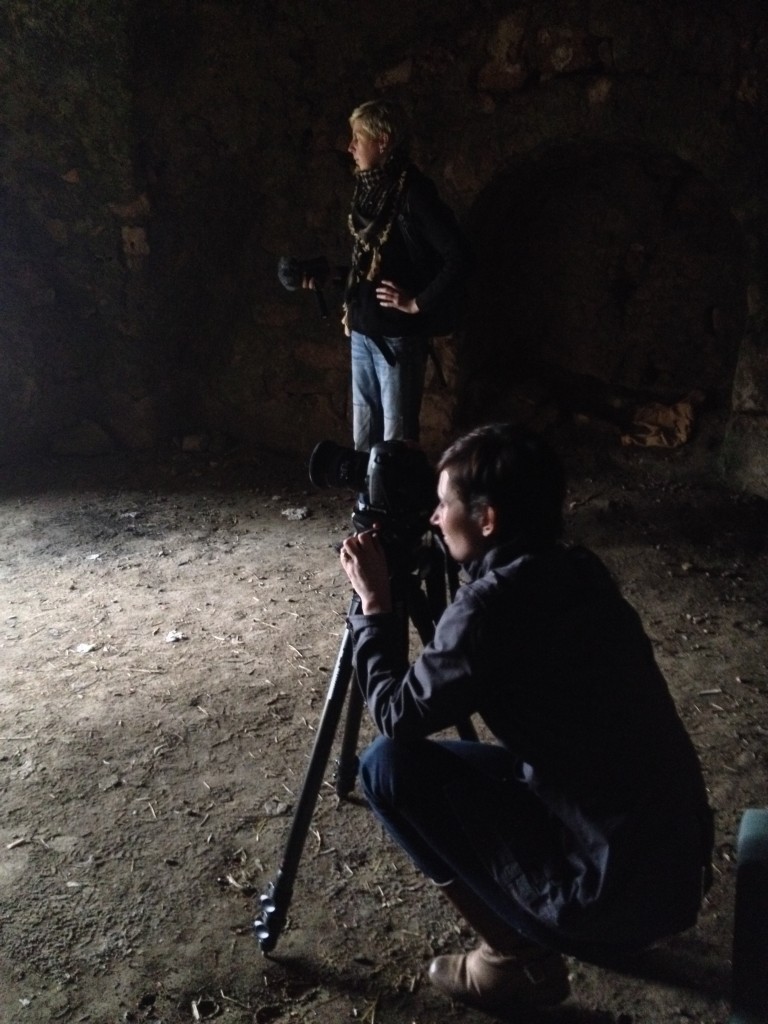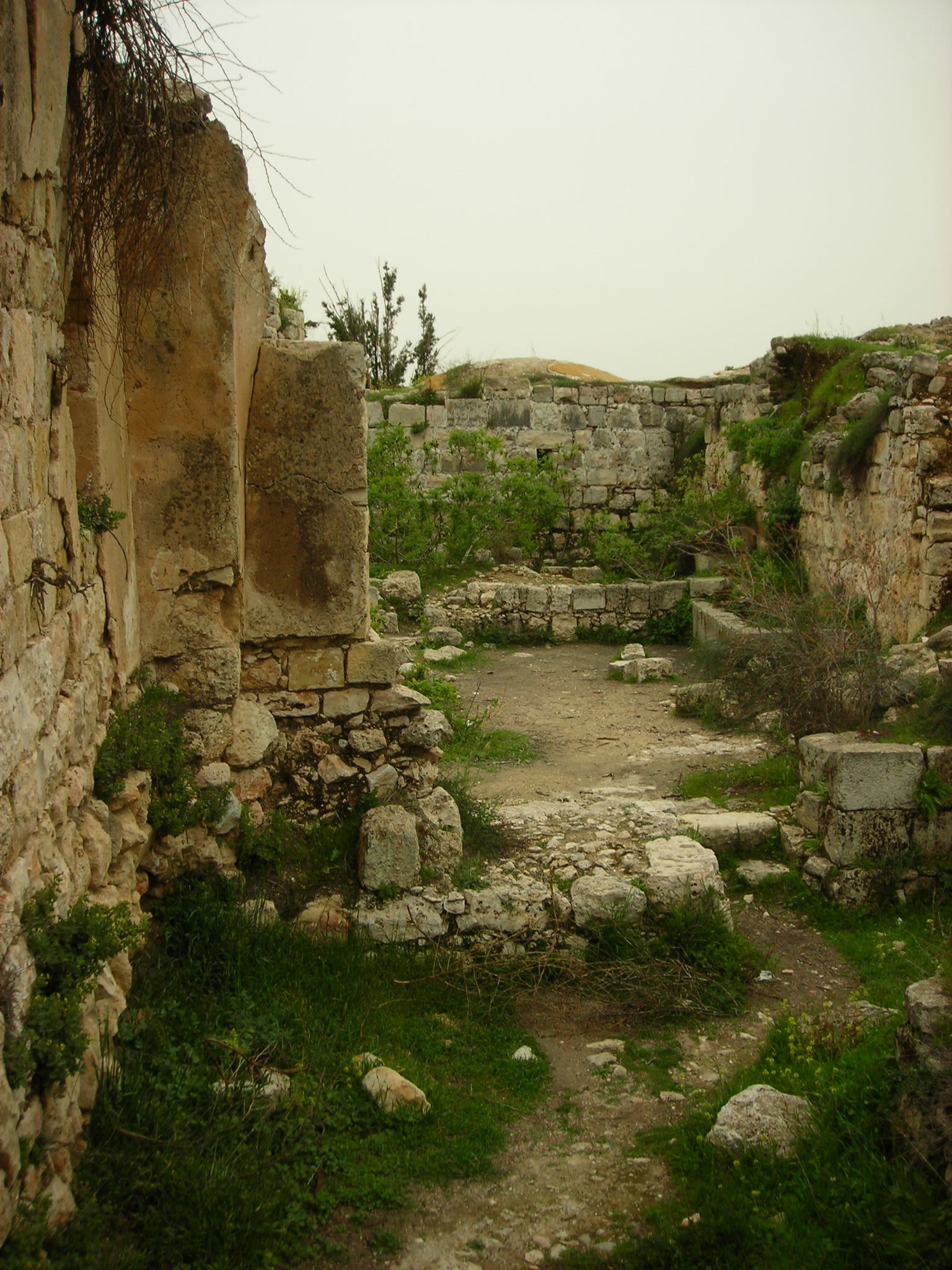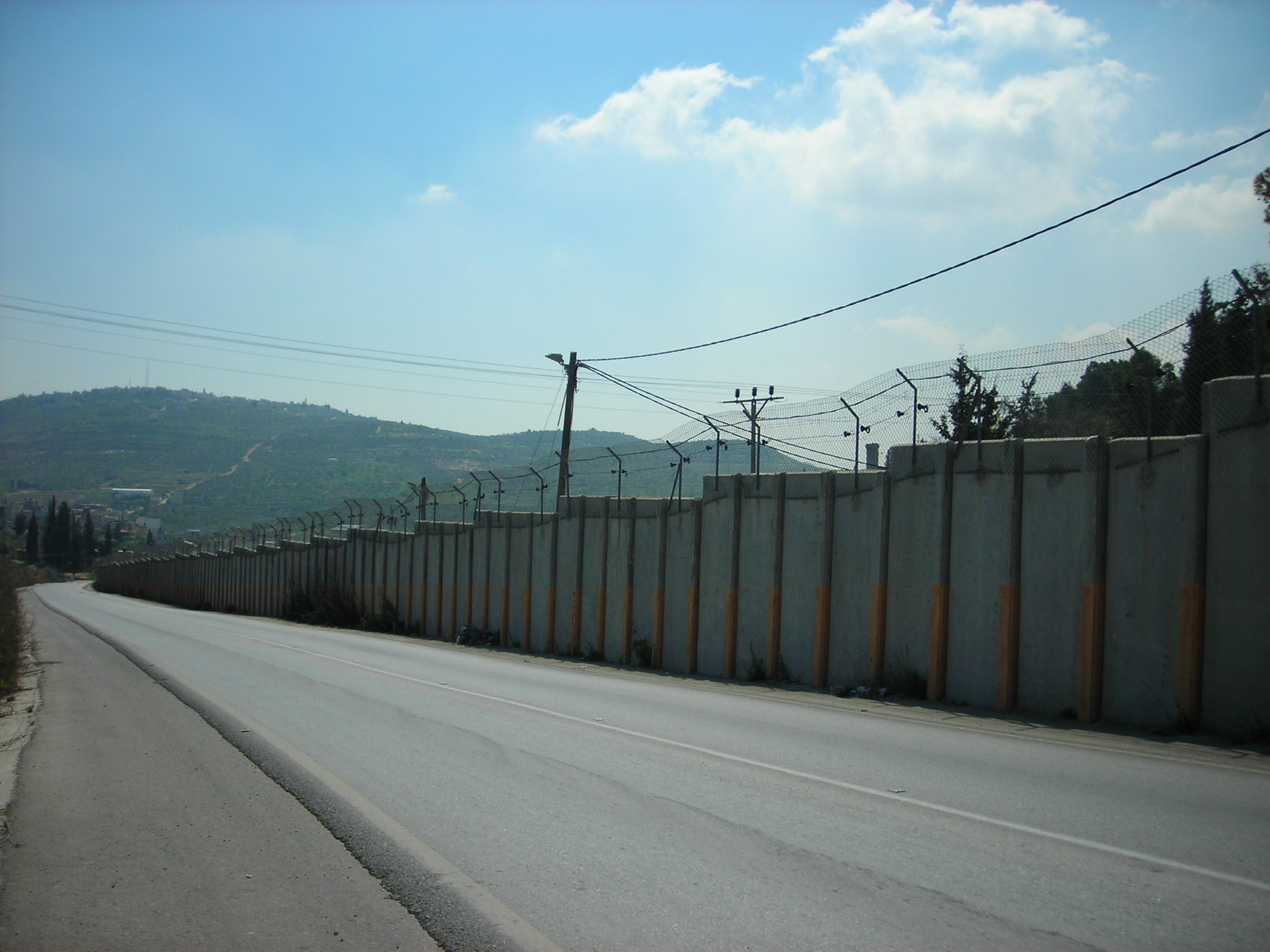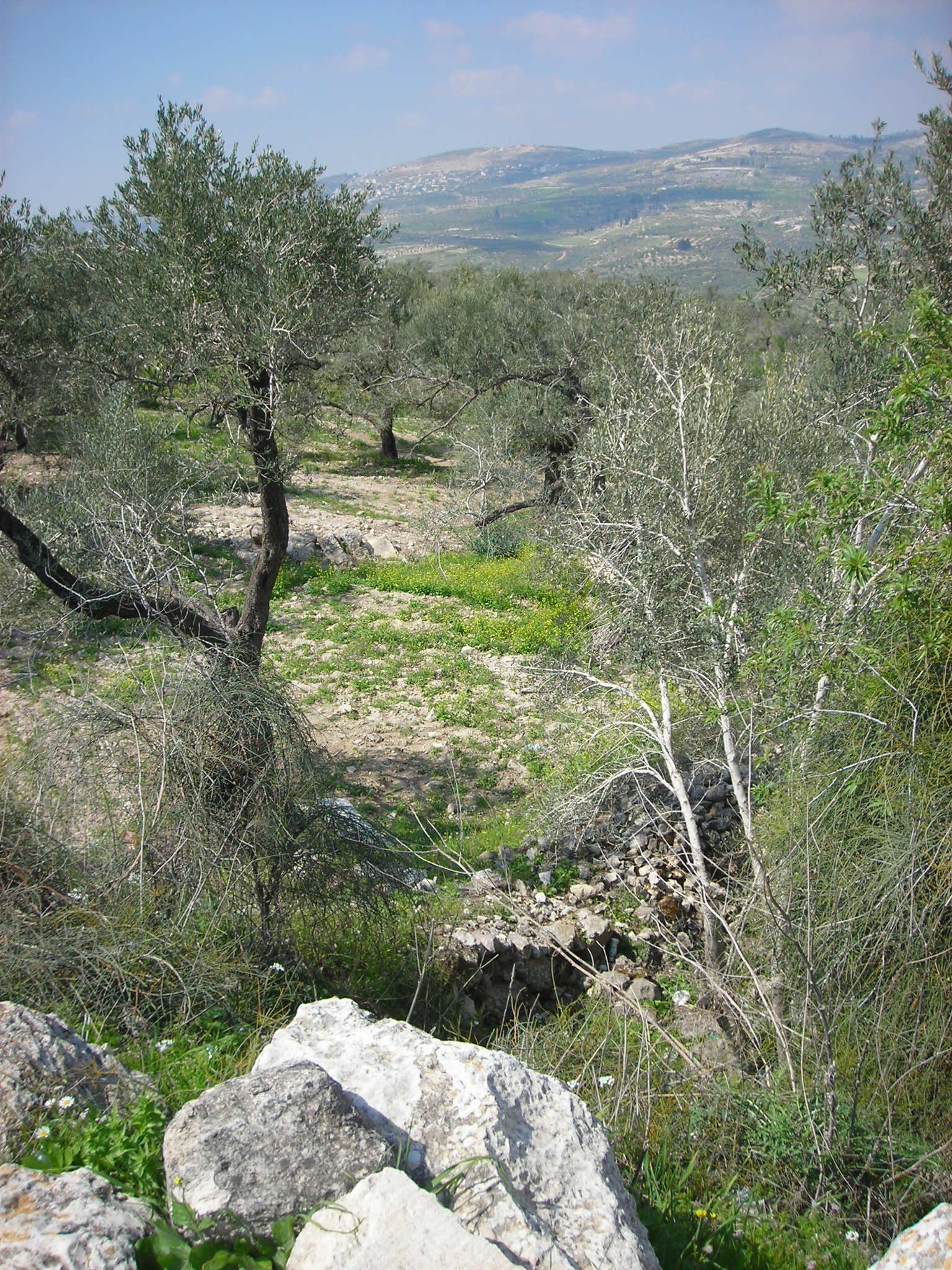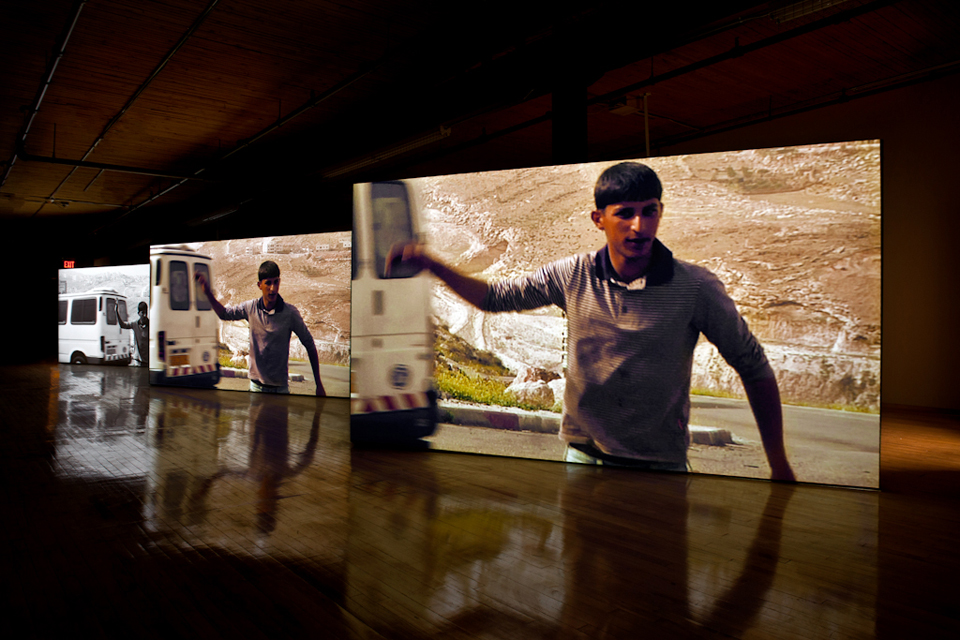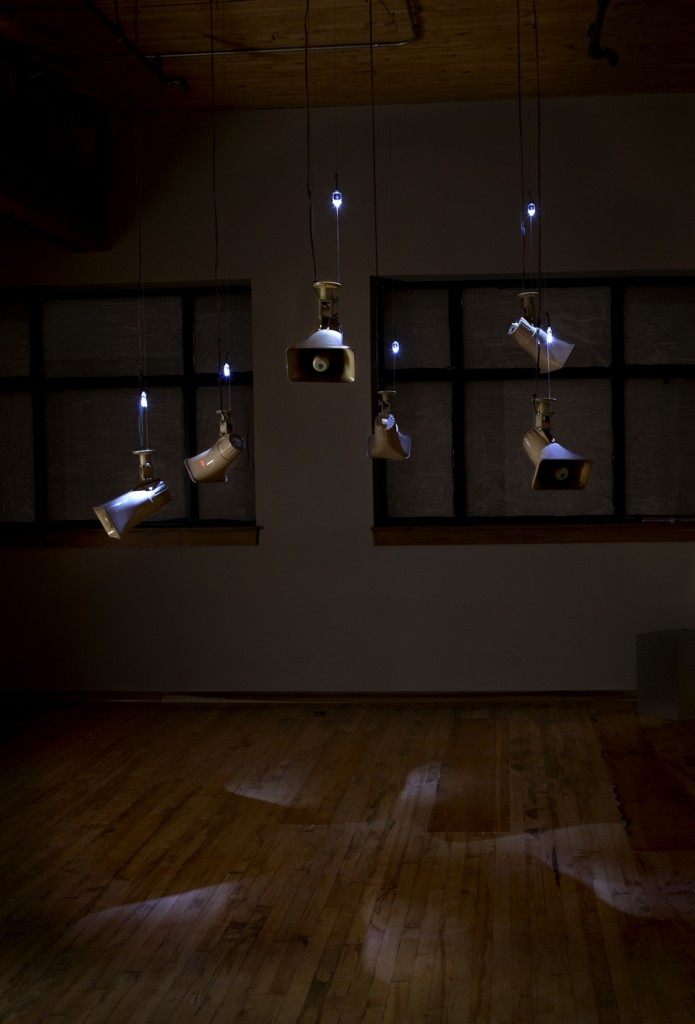September 23rd, 2014
Drone Wedding
Drone Wedding is up for the next 3 months, a new work by Public Studio, commissioned for the Ryerson University Image Centre Media Wall in Toronto, Canada. Public Studio is an artist collective founded by film director Elle Flanders and architect Tamira Sawatzky, and includes other collaborators as the projects require. I have been the composer/sound designer for 3 multi-channel film installation works with Public Studio so far: Road Movie (2011), What Isn’t There (2014), and now Drone Wedding.
Drone Wedding is a multi-channel video installation which reflects on pervasive contemporary surveillance society against the frame of drone reconnaissance and targeted strikes. Cameras collect a tremendous amount of data in all aspects of daily public and private life; Drone Wedding considers the more ominous element in this flow of images– who’s watching, who is being watched, and how comfortable or knowledgeable is Canadian society with this growing surveillance infrastructure and how it is being used, who is being targeted, at home and abroad?
I crafted the sound from a number of radiophonic sources–encrypted radio communications (including numbers stations), military ground-air talk, ambient radiation from electronic devices via induction coils and VLF antennas, video documents made public by various watchdog organizations, misfiring AM radio transmitters, etc. It’s in the air all around us–devices and people, recording everything.
Watch the composite version of the video here
Short review by the Globe and Mail here
